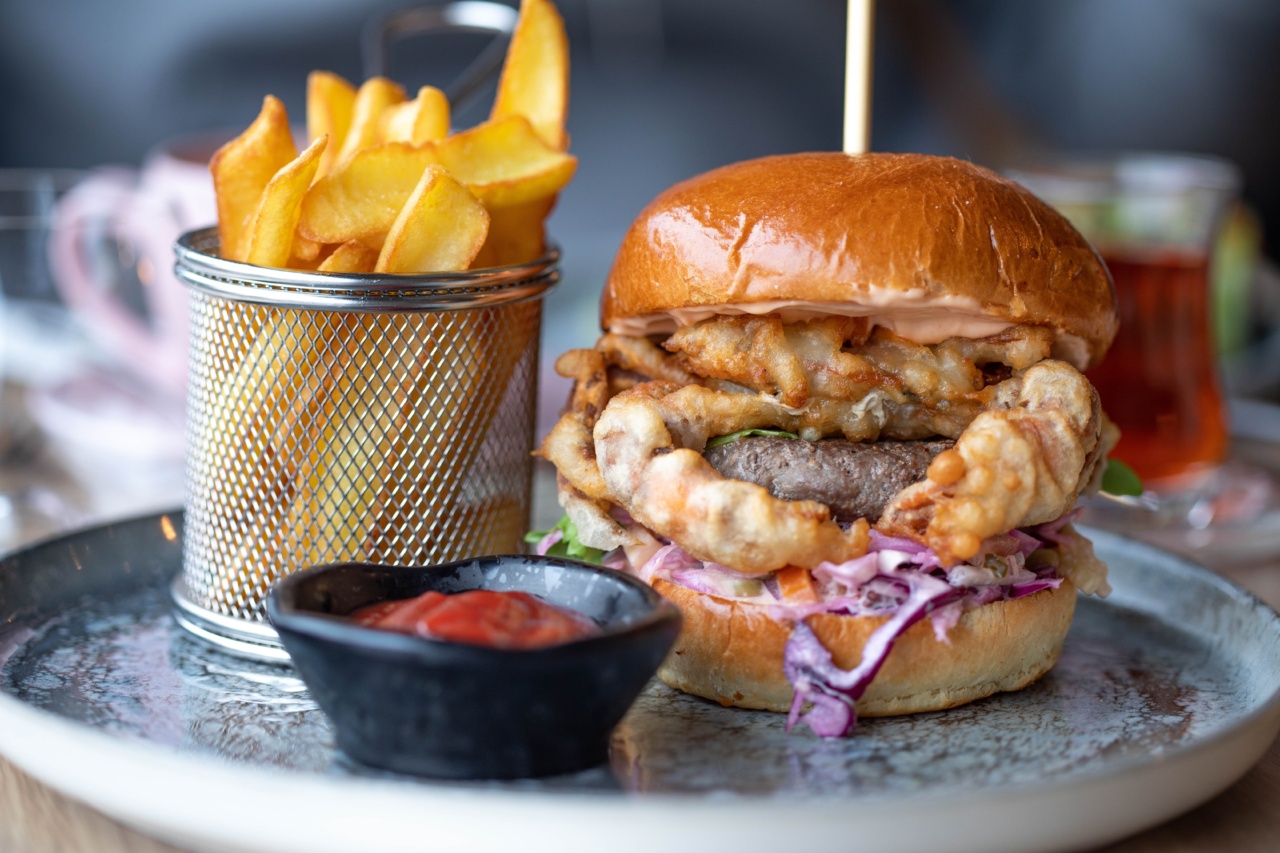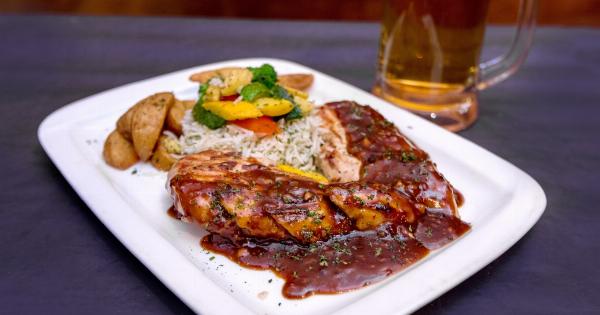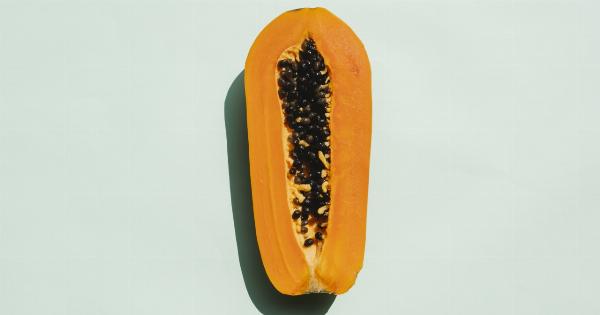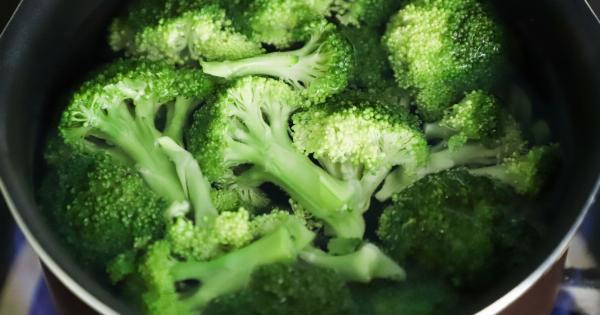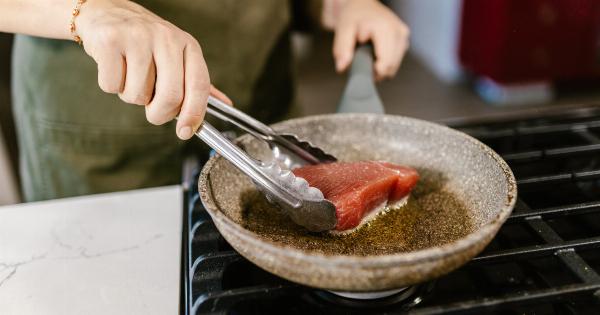When it comes to meat preparation, two popular cooking methods are frying and roasting. Both techniques have their own unique benefits and flavors, but one aspect that often comes into question is the fat content of the meat.
In this article, we will delve into the fried vs roasted meat debate and explore the impact these cooking methods have on the fat content of the final product.
1. What Happens During Frying?
Frying is a cooking method that involves cooking the meat in hot oil or fat. It can be done in a shallow pan, called pan-frying, or by submerging the meat completely in oil, known as deep-frying.
When meat is fried, the high heat causes the moisture inside the meat to evaporate rapidly, creating a crispy exterior. This process also leads to the formation of a crust or breading around the meat, adding texture and flavor.
2. Understanding the Fat Content in Fried Meat
One of the primary concerns with fried meat is its fat content. When meat is submerged in hot oil for deep-frying, it absorbs a significant amount of oil. This oil adds to the overall fat content of the meat, making it higher in calories.
The longer the meat is fried, the more oil it tends to absorb. Additionally, the oil used for frying also plays a role in the fat content. Oils high in saturated fats, such as vegetable oil or lard, can contribute to increased levels of unhealthy fats in the fried meat.
3. Advantages of Fried Meat
Despite the higher fat content, fried meat offers several advantages that make it a popular cooking method. First and foremost, frying gives the meat a delicious crispy texture that is hard to replicate through other cooking techniques.
The high heat also helps to seal in the natural juices of the meat, making it more tender and flavorful. Frying is also a relatively quick cooking method, which is convenient for those who prefer faster meal preparation.
4. What Happens During Roasting?
Roasting is a cooking method that involves cooking the meat in dry heat, usually in an oven. It is typically done at a lower temperature compared to frying.
During roasting, the meat is placed on a rack or in a pan, allowing the heat to circulate evenly around it. This slow and steady cooking process aids in the breakdown of connective tissues, resulting in tender and juicy meat.
5. Understanding the Fat Content in Roasted Meat
Roasting meat generally requires little to no added fats, making it a healthier alternative to frying. As the meat cooks, the fat present in it renders away and drips down, leaving a reduced fat content in the final product.
The natural flavors of the meat shine through in roasting, as the slow cooking process allows it to develop deep and rich flavors. However, it’s worth noting that the fat content of the meat itself will still contribute to the overall fat content even though no additional fats are used during the roasting process.
6. Advantages of Roasted Meat
Roasted meat offers several advantages that make it a popular choice among health-conscious individuals. Firstly, the reduced fat content compared to fried meat makes it a healthier option.
Roasting also helps to retain more of the nutrients present in the meat, as it is a gentler cooking method. The slow cooking process allows for a more even distribution of heat, ensuring that the meat is cooked all the way through without drying out.
7. Considering the Flavor Profiles
While both frying and roasting impart unique flavors to the meat, the specific profiles may differ. Fried meat tends to have a distinct crispy and crunchy texture, enhanced by the addition of breading or crust.
The high heat of frying also leads to the Maillard reaction, resulting in a rich and savory flavor in the crust. On the other hand, roasted meat develops a caramelized outer layer. The slow cooking process allows the natural sugars in the meat to caramelize, creating a slightly sweet and deeply flavorful crust.
8. Health Considerations
When considering the fat content of fried and roasted meat, it is important to take into account the other health implications as well.
Fried meat, particularly when fried in unhealthy oils or fats, can contribute to higher levels of bad cholesterol and increase the risk of heart disease. On the other hand, the reduced fat content in roasted meat makes it a healthier option, especially when lean cuts of meat are chosen.
9. Finding a Balance
While it’s clear that roasting generally offers a healthier alternative to frying in terms of fat content, it’s important to find a balance that suits individual preferences and dietary needs.
Frying can still be enjoyed in moderation, using healthier oils or by opting for shallow pan-frying instead of deep-frying. Additionally, choosing lean cuts of meat when roasting further reduces the overall fat content. Experimenting with different herbs, spices, and marinades can also enhance the flavors of both fried and roasted meat.
10. Conclusion: The Choice is Yours
In the fried vs roasted meat debate, the decision ultimately comes down to personal preference and dietary considerations. Frying offers a crispy and flavorful experience, while roasting provides a healthier option with reduced fat content.
Understanding the impact of cooking methods on the fat content of meat can help individuals make informed choices that align with their health goals.
